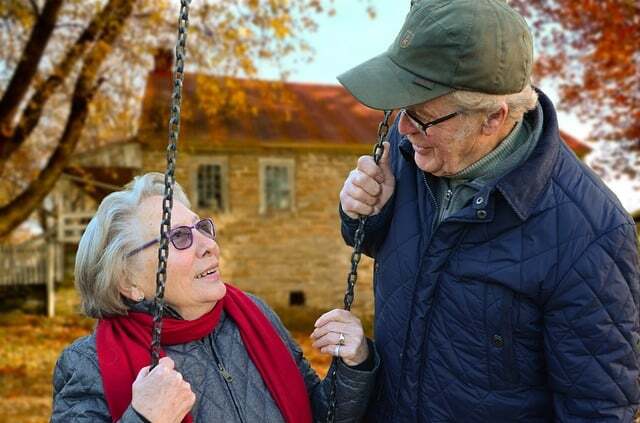Can Local Governments Help Restore American Happiness?
By Polco on July 24, 2024

Research shows America is a little less happy. Can local governments help reverse the trend?
Happiness in the United States has curved downward like a sad frown in recent years. The World Happiness Report, a global ranking of countries’ overall feel-good vibes, shows the United States fell from 15 to 23 on the list. Many point to the degradation of social bonds as the main culprit. (The WHR measures social support as one of its variables of happiness.)
The good news is local governments are well-positioned to curb this invasive bummer by nurturing social connections through engagement.

Portion of the 2024 World Happiness Report Country Rankings
The Fracturing of American Bonds
The National Community Survey (The NCS) by Polco, an assessment that measures how residents feel about their quality of life and government services, confirms that social ties have come loose. Resident satisfaction with community connection and engagement hovered around 75% positive from 2013 until 2020—and we all know what happened then. That number dropped to 68% in 2021 and has yet to recover.
Weakening connections in the US isn’t new news. Robert D. Putnam surfaced this trend in his famous essay (and later book) “Bowling Alone” in 1995. Putnam said social capital began its decline in the ‘50s. He suggested suburbanization, television stealing once-social leisure time, economic pressures, and women entering the workforce all contributed to the erosion.
Yet, America has always been known for individualism, a byproduct of liberty. However, despite our individualistic nature, the United States used to be admired for the volunteer groups we created to solve the nation’s problems. French historian Alexis de Tocqueville pointed out this unique and praiseworthy quality in his famous work, “Democracy in America.”

Boosting American Happiness Through Civic Participation
The beauty of America’s system is residents can influence their government directly. Engagement technology is making that even easier. Polco streamlines the engagement process so public sector organizations can better connect with residents and align decisions with community needs. In this way, Polco unites governments, residents, and data together to achieve shared goals.
- For example, the City of Denver used Polco’s Prioritize tool which lets residents rank their top budget priorities. Based on the results, the city allocated $2 million toward sidewalk and lighting enhancements, homelessness services, and other initiatives.
- Santa Barbara County got public input on where to rezone hundreds of new residential housing units. That outreach helped boost support for new housing possibilities, which are often met with resistance.
- In Largo County, Florida, residents played a big role in how officials spent recovery dollars.
All these types of engagement give governments decision-making guidance, but they also build a stronger sense of community and inclusion. Including residents in community solutions makes people more invested in the outcomes, creating a stronger sense of purpose. Connection, inclusion, and purpose all lead to more happiness.
There is a lot of negative talk about polarization—politically and otherwise—in the United States today. It's making us sad. However, local governments can help mend these fractures and bring back a little contentment by giving residents easy opportunities to come together and participate in one of the biggest clubs there is: democracy.
Related Articles
Popular posts
Sign-up for Updates
You May Also Like
These Related Stories

How Neighborly Is Your Community?

How to Prepare Your Community for the Aging Population

